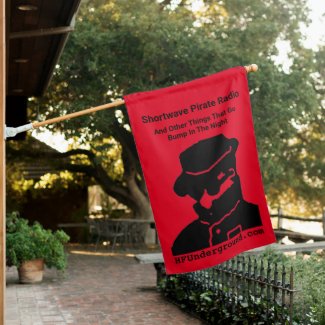If modding the 775 for dx work and not wanting to do welding or other intensive surgeries on the 775 such as replacing an entire mixer circuit, meaning drop in, pin for pin, dx enhancing parts swaps, here are some ideas;
1 - Reduction of the noise floor and balance of the AGC gains
In the search for reduction of the total noise of the apparatus and improving the linearity of the amplification stages, the most critical stage is the result Dual Gate MOSFET Q15 3SK131.
This amplifier, placed at the end of the 1st IF chain, has a high gain of 24 db, and in the presence of strong signals loses its linearity. In order to reduce this gain and "lower the NF" said component has been replaced with a BF998R.
In view of its lower gain, about 4dB, the signals detected by the S'meter will be lower so it will be necessary to adjust the
trimmer relative to the total of the AGC loop gain, R198 (IF UNIT). Although there is a loss of 1 dbm on MDS, being the very sensitive IC775 receiver (MDS approximately -130 dbm), this loss is not appreciable although a lower NF makes it more pleasant listening. Probably the loss of gain could be compensated for if it were possible to weld two BF998R in parallel (one above the other), the configuration that would provide us with a higher transconductance and therefore higher gain, but the SMD components are not easy to a simple parallel-to-pin -pin.
NOTE
It is not recommended to introduce this change if you implement the changes occur repositioning of the roofing filter Inrad.5 - ROOFING FILTER REPLACEMENT ON 2 ^ IF
Premise
To further reduce the intermodulation, NF, increase selectivity and MDS, could be replaced, the roofing filter post 2nd IF called FI1 (9.0115 MHz with BW over 20kHz), with a lower bandwidth. The choice fell on two ICOM commercial filters called FL102 6 kHz BW and / or BW FL103
2.8kHz. The first has a Fo = 9.0100 as originally used in AM, this filter having a different Fo will produce an asymmetry of the passband, although it is more than enough for the purpose.
FL103 ensures excellent selectivity at the expense of a lower audio bandwidth, if you are the SSB Hi-Fi enthusiasts do not use this second solution.
I'd replace the filter with a 6kc wide one from the 706mkiig as it's a pin for pin drop in instead of something that has to be spliced in with minicoax and have traces severed. Also since the filter is of the same design it should have the same in/out z and attenuation. That being said, the skirts will not be as narrow as if one spliced in a FL102 or oither 6kc wide multipole filter. The original filter for this position is one of the monolithics with only a few poles of selectivity.
Here's some info on monolithics;
https://www.electronics-notes.com/articles/electronic_components/quartz-crystal-xtal/monolithic-crystal-filter.phpThe mods devised and discussed here stem from this pdf;
http://www.pensioneitaliacapri.com/ham/IC775-Progetto-Modifiche-2009_Finale.pdfyou can translate it into your lang of choice online
I recently noted that you can't really get a 3.3kc width on ssb rx unless you've installed a FL10X 6kc wide am filter in the 9mc IF optional filter slot, otherwise you get only the sum of the present 9mc IF and 455kc IF ssb filters.



